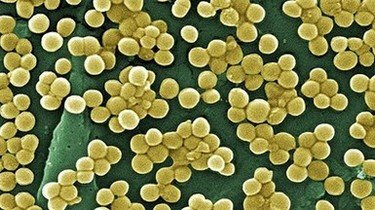Antibiotics For Bacterial Vaginosis? Will This Cure My Vaginal BV Discharge?
Written by WWarren on 6/25/2009 02:03:00 PMBacterial Vaginosis is a very common vaginal infection that one in three women will get at some point during their lives. Bacterial Vaginosis is caused when the vagina is overwhelmed with bad bacteria, a perfectly normal healthy vagina has bacteria too.
Many women will avoid booking an appointment at the doctors because of the embarrassing symptoms that come with BV. Please don't be embarrassed, it's very important to get BV diagnosed as soon as possible, although BV doesn't cause any serious health risks it can and does cause other health complications when left untreated.
If your doctor has diagnosed you with BV the most common prescribed treatment is antibiotics to help kill off the bad bacteria in your vagina. Antibiotics work for some people but the problem with antibiotics is they kill off the good bacteria and bad bacteria in your vagina. A healthy vagina has good bacteria and normally a small amount of bad bacteria, so when taking antibiotics your basically killing off both all bacteria, doing so will leave your vagina a venerable place for other infection to breed.
Most women don't realize just how much bacteria would have inside our bodies, if you could take all of the bacteria out of the normal health healthy body and pile it all onto a scale you would have around 1-3 pounds of bacteria altogether. The bacteria is there for a reason to taking antibiotics to kill off bacteria isn't always the best option.
Antibiotics have helped eliminate BV from a number of women, but studies have shown that around 30% to 60% of women will get bacterial vaginosis once again within a month or two. Antibiotics can cause severe reactions in your body and they can have an impact on a lot of things and hence you have to be very careful while consuming them. Do not make antibiotics a habit or you will see that a lot of natural balance of the body will be lost.
Antibiotics for Bacterial Infections
Another treatment option that cured my BV maybe something your interested in especially if you suffer from recurrent bacteria vaginosis, if so check out: http://3DayBVcure.com
Visit my blog and learn more about Bacterial Vaginosis Symptoms, treatments options, and also take part my online BV survey.
Article Source: http://EzineArticles.com/?expert=Abbie_L_Smith
Are You Taking The Right Allergy Treatment You Need?
Allergy treatment is a necessary but a tricky affair. Before you jump on to some easy solution, you should take several things into consideration. Of course,...



